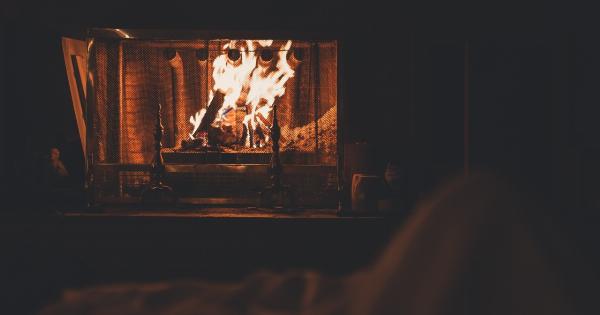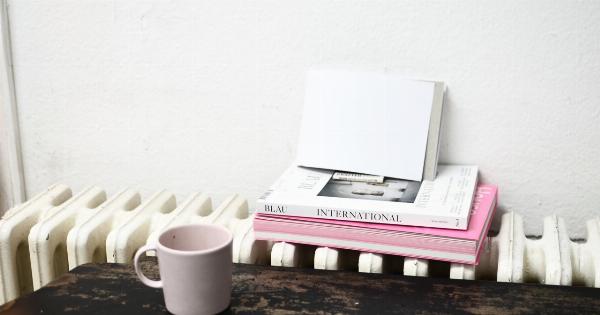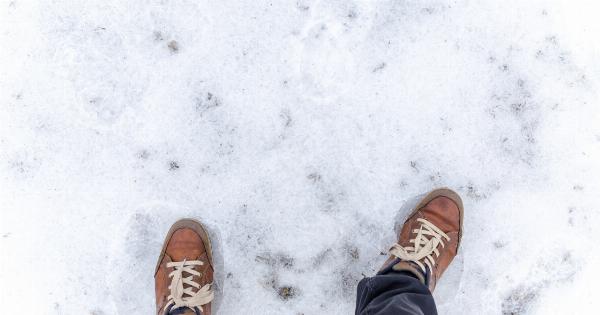With winter fast approaching, many people are dreading the high energy bills that come with trying to keep warm. However, there are numerous ways to beat the cold without breaking the bank.
By implementing some cost-effective strategies and making a few changes to your habits, you can stay cozy and comfortable while saving money on your heating expenses.
1. Utilize Natural Heat Sources
One of the simplest and most cost-effective ways to warm up your home is by utilizing natural heat sources. Opening up the curtains and blinds during the day allows sunlight to enter your home and naturally heat up the space.
This method not only helps warm your living areas but also brings in natural light, making your home feel more inviting.
2. Maximize Insulation
Proper insulation is essential for keeping your home warm and energy-efficient. Start by checking for any air leaks around windows, doors, and baseboards. Seal these gaps and cracks using weatherstripping or caulking.
Additionally, consider insulating your attic, walls, and floors to prevent heat loss and keep the cold air out.
3. Use a Programmable Thermostat
A programmable thermostat allows you to automatically adjust the temperature according to your schedule. You can set the thermostat to lower the temperature when you’re away from home or sleeping and raise it before you return or wake up.
This smart heating approach can result in significant energy savings without compromising your comfort.
4. Wear Layers and Warm Clothing
Instead of turning up the heat, try wearing layers and warm clothing to stay cozy indoors. Invest in comfortable sweaters, thermals, and thick socks to keep yourself warm without relying solely on heating.
By bundling up, you can lower your thermostat and save on heating costs during the winter months.
5. Make Use of Ceiling Fans
Although it may seem counterintuitive, ceiling fans can be useful during the winter season. Most ceiling fans come with a reverse switch that allows them to rotate in the opposite direction.
By setting your fans to rotate clockwise at a low speed, you can push the warm air trapped near the ceiling down into the living space, effectively distributing heat and keeping the room warmer.
6. Keep Doors and Windows Draft-Free
Doors and windows are primary culprits for cold drafts, causing your home’s temperature to drop significantly.
Ensure that all gaps and cracks around doors and windows are adequately sealed to prevent cold air from entering and warm air from escaping. You can use door sweeps, draft stoppers, and window insulation film to eliminate drafts and maintain a comfortable indoor temperature.
7. Insulate The Water Heater
Hot water for baths, showers, and other household needs contributes to your overall energy consumption. By insulating your water heater, you can minimize heat loss and reduce the amount of energy needed to keep the water hot.
A water heater insulation blanket is cost-effective and easy to install, providing substantial energy savings in the long run.
8. Take Advantage of Natural Heat Sources in the Kitchen
When cooking during the winter months, make sure to leave the oven door slightly ajar after you’re done cooking. This will allow the remaining heat from the oven to warm up your kitchen area.
Similarly, after taking a hot shower or bath, leave the bathroom door open, allowing the warm, steamy air to circulate throughout your home and warm up adjacent spaces.
9. Optimize Your Heating System
Regular maintenance and careful operation of your heating system can result in improved efficiency and lower energy consumption. Clean or replace furnace filters regularly to ensure proper airflow.
Consider upgrading to a more energy-efficient heating system if your current one is old and outdated. Additionally, using a humidifier can make the air feel warmer, allowing you to set the thermostat a few degrees lower without sacrificing comfort.
10. Use Rugs and Insulate Floors
Cold floors can contribute to an overall cold feeling in your home. By placing rugs or carpets on cold floors, especially in rooms where you spend a significant amount of time, you can provide a warmer and more comfortable surface.
Insulating floors, especially above unheated spaces like basements or garages, can also help prevent heat loss and keep your home warmer.
Conclusion
Staying warm during the winter doesn’t have to come at a high cost.
By implementing these cost-effective strategies, utilizing natural heat sources, optimizing your heating system, and making simple changes to your habits, you can beat the cold without breaking the bank. Embrace the winter season while saving money on your heating expenses.




























